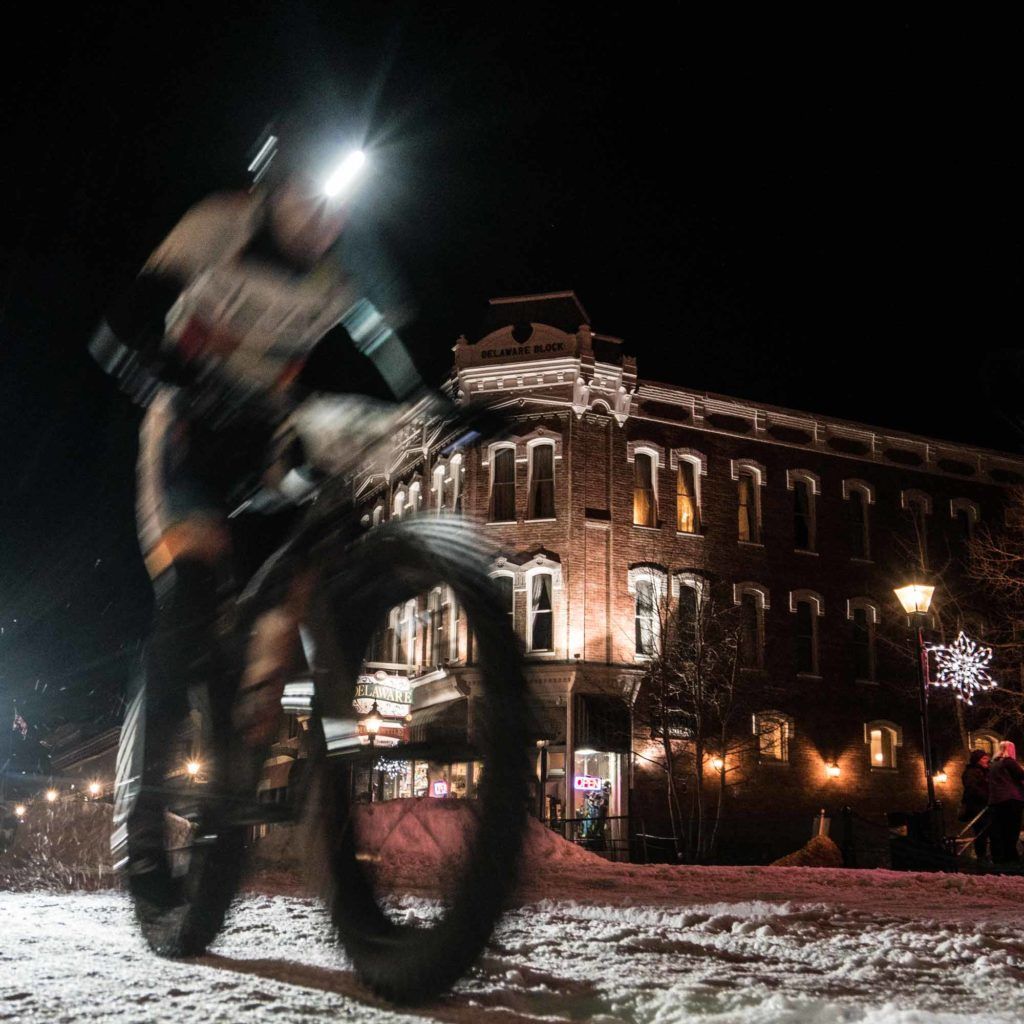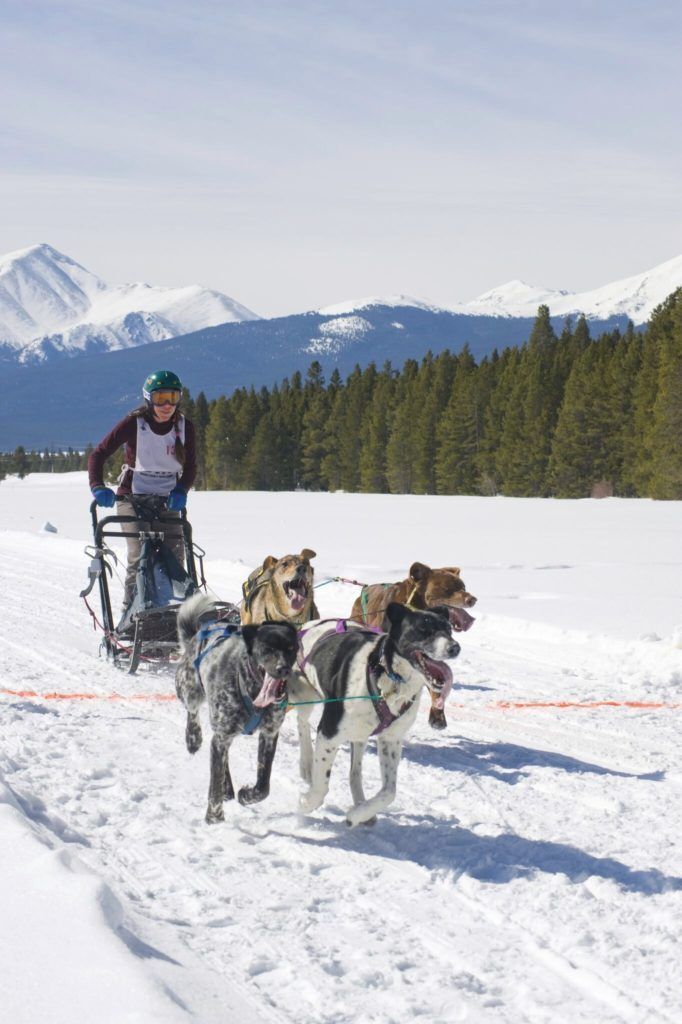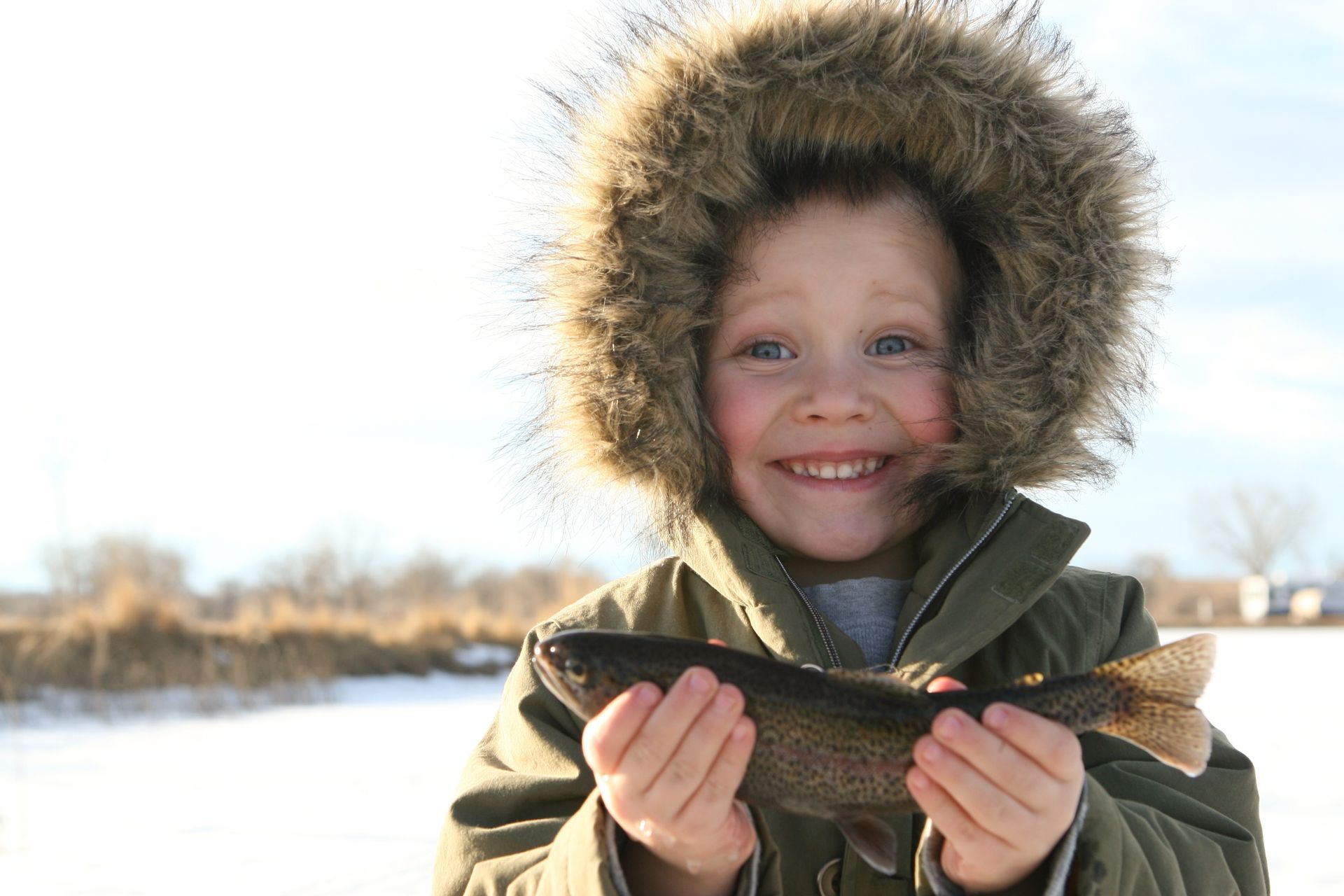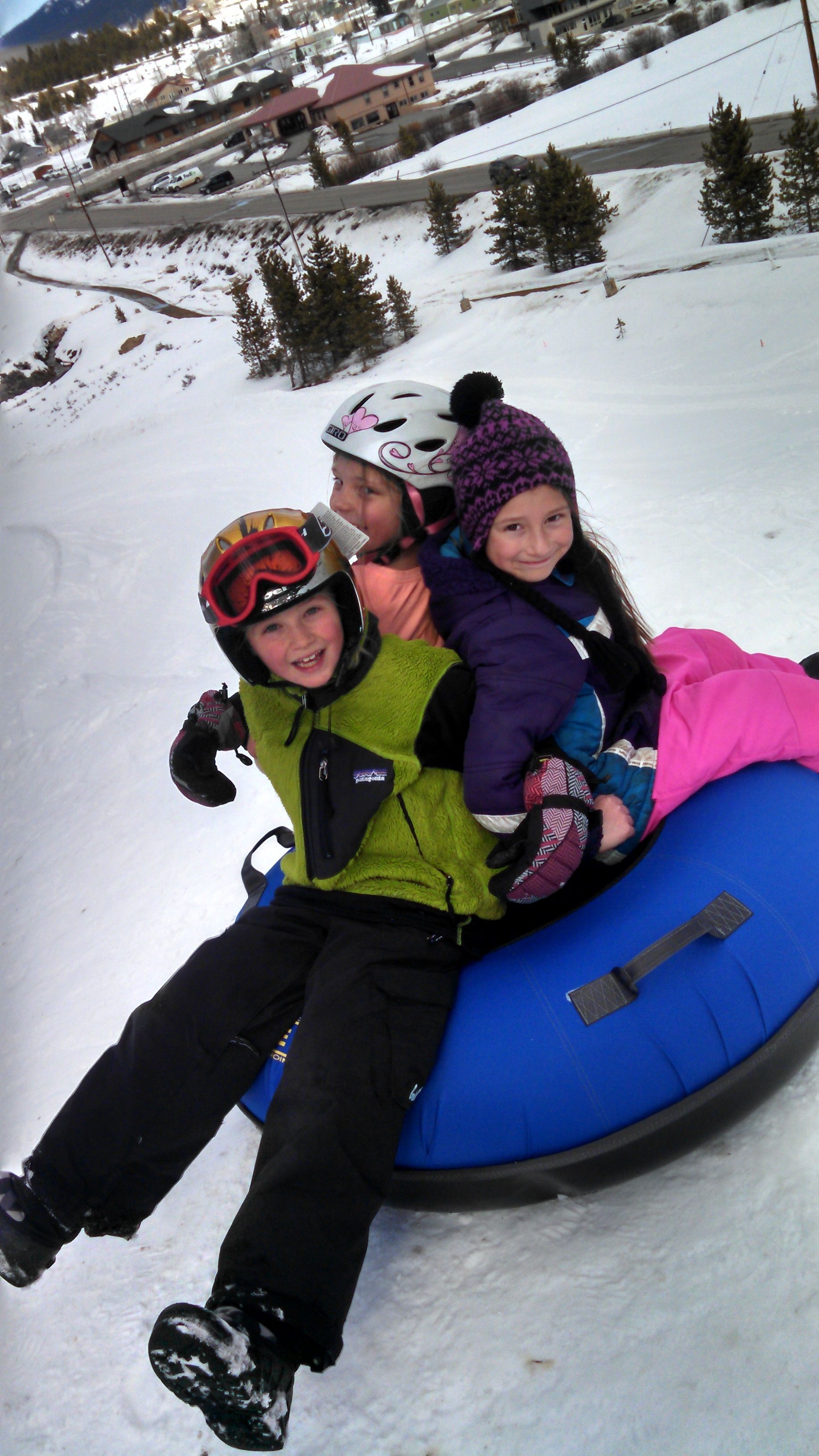Get in touch
Leadville Visitor Center
Camp Hale-Continental Divide National Monument – Recreation
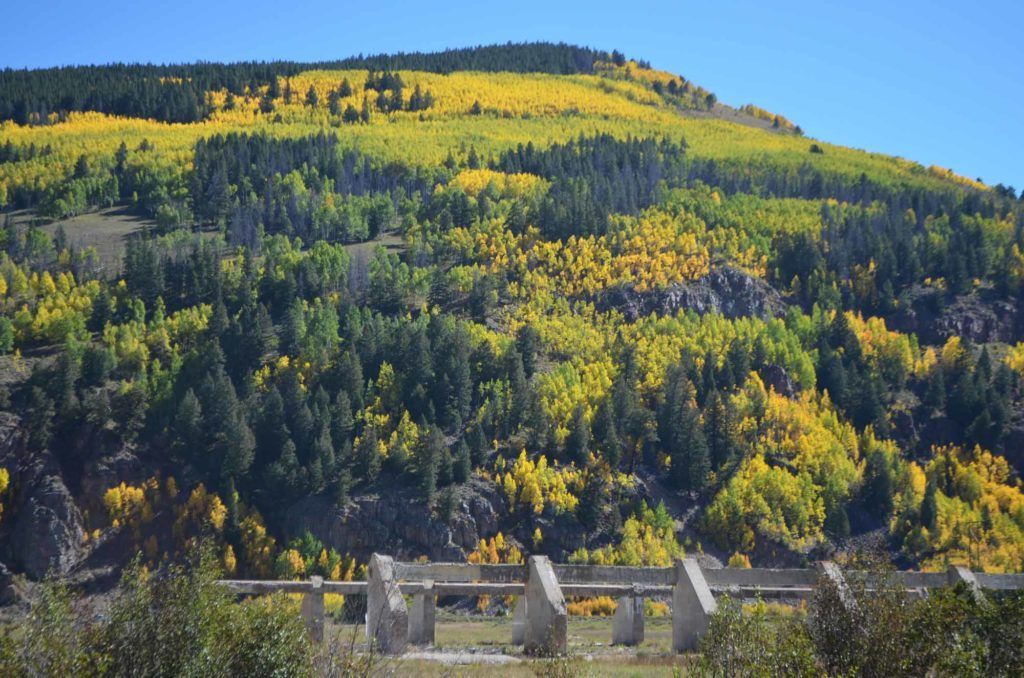
Leadville, Colorado, is a great base camp for exploring the nation’s newest national monument. Parts of the Camp Hale-Continental Divide National Monument are only 20 minutes from Leadville.
In addition to jaw-dropping forests, passes, and peaks, the monument offers fascinating history. Did you know this picturesque valley was originally home to the Ute people? That it is also where World War II soldiers learned to fight on skis—and where the CIA secretly trained Tibetan fighters? And that it’s a great place to hike, bike, camp, and snowmobile?
Read on to learn 8 things you may not know about the Camp Hale-Continental Divide National Monument and how to experience it today.
1. IT FEATURES UNIQUE GEOLOGY AND ECOSYSTEMS + RARE PLANTS AND WILDLIFE
The monument includes rare and fragile alpine tundra ecosystems. Some species are uniquely adapted to high altitudes, such as ice grass.
Two Forest Sensitive species, green lineage Colorado River cutthroat trout and boreal toads, and the federally listed Canada lynx call the monument home. The area also provides habitat for mountain goat, moose, bighorn sheep, Rocky Mountain elk, mule deer, black bear, mountain lion, bobcat. bald eagle and many other birds, small mammals, and even bats.
Among this stunning landscape are several unique geological features, including the Spruce Creek rock glacier.
WHEN YOU VISIT:
Plan a day trip in the Tenmile area near Breckenridge and hike to waterfalls, Continental Falls and McCullough Gulch Falls (summer access is by shuttle or reserved parking only).
Five Ute women posed
Five Ute women posed. Retrieved from the Library of Congress, <www.loc.gov/item/94509876/>.
2. ITS LANDS ARE SACRED TO TRIBAL NATIONS
For thousands of years, the Ute people traveled to the Pando Valley when winter snows melted as part of an annual migration circuit to hunt game and collect medicinal plants. The area also served as an important transportation corridor for those traveling to sacred hot springs in Glenwood Springs, and the traditional Ute trail lies under the road that runs along the Eagle River today.
Forced from much of their homelands when precious minerals were discovered in the area, the Utes still consider the Camp Hale and Tenmile Range area culturally important. The Ute people return to their homelands to pray, hold ceremonies, honor their ancestors, and hunt, fish, and harvest plants for medicinal purposes, ceremonial use, and basketry. Indigenous sites exist in the monument but they are not marked, to protect them.
WHEN YOU VISIT:
Take a moment to look around and imagine what it would be like to live in this land. Please treat the area with respect. If you are lucky enough to find artifacts, please leave them untouched, and keep their location a secret.
Camp Hale historic photo
Soldiers stand on skis, wearing their winter “whites” camouflage, carrying rucksacks with rifles attached. 10th Mountain Division Resource Center, Denver Public Library, [TMD351-2020-578]
3. CAMP HALE TAUGHT SOLDIERS HOW TO SKI
Camp Hale was established in 1942 to train soldiers for winter, mountain warfare. It was the only U.S. Army camp dedicated solely to this purpose. The area’s extreme winter weather, altitude, and tough terrain, plus its closeness to a railroad, made it a natural choice. Approximately 15,000 troops were trained to ski and fight at Camp Hale and on Cooper Hill, the site of today’s uncrowded, family-friendly Ski Cooper resort.
WHEN YOU VISIT:
Come to Camp Hale today, and you can see the footprints of some of the buildings where the soldiers trained. Take a self-guided tour by following the interpretive signs.


